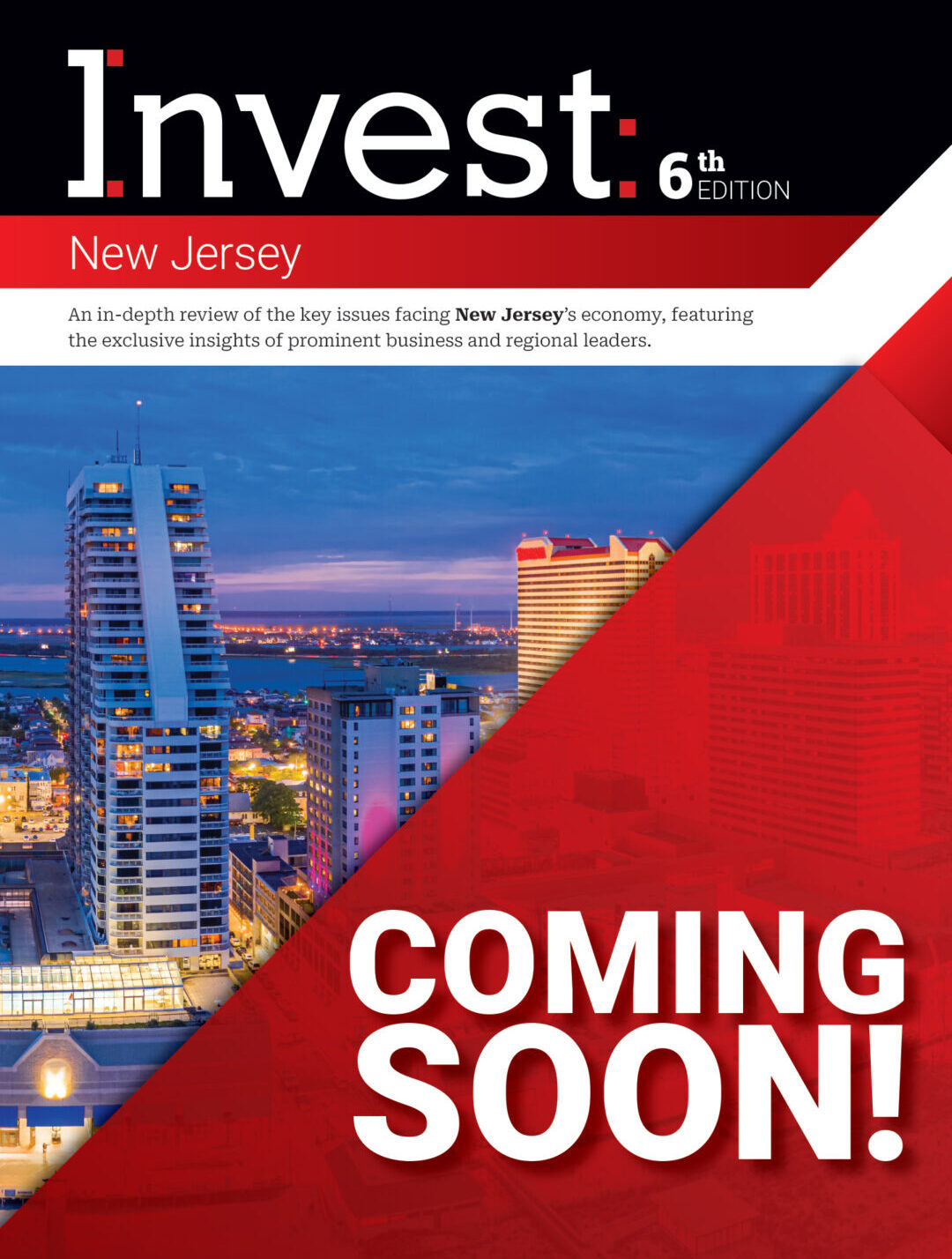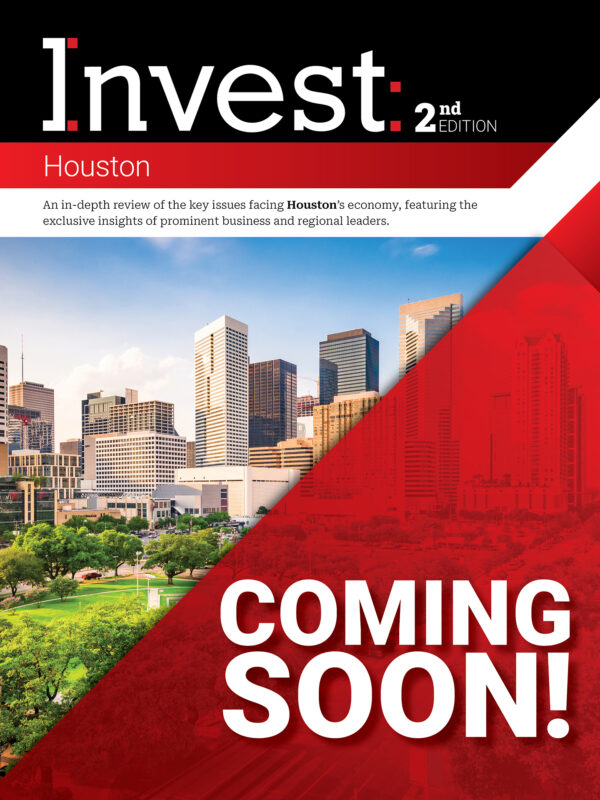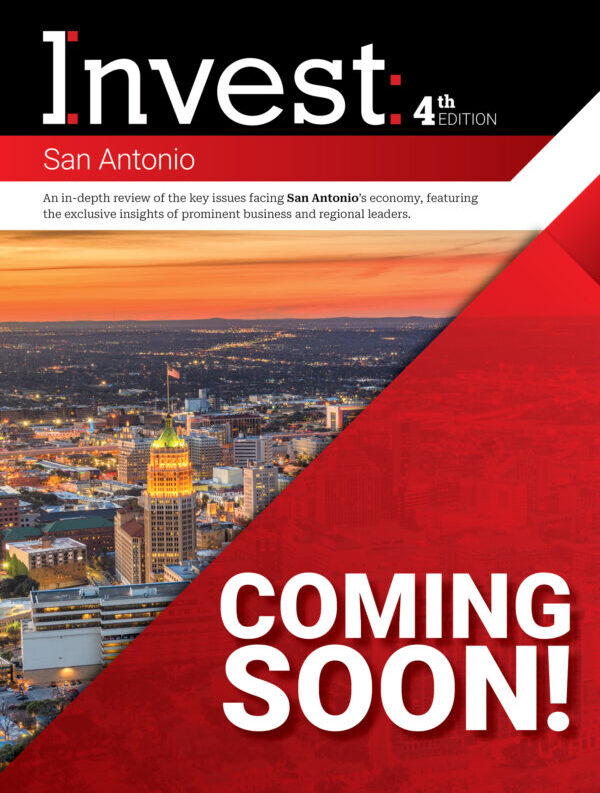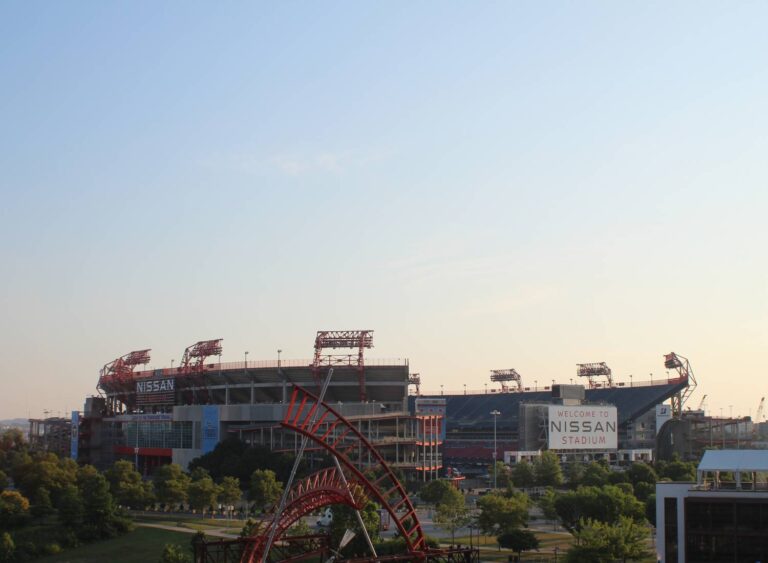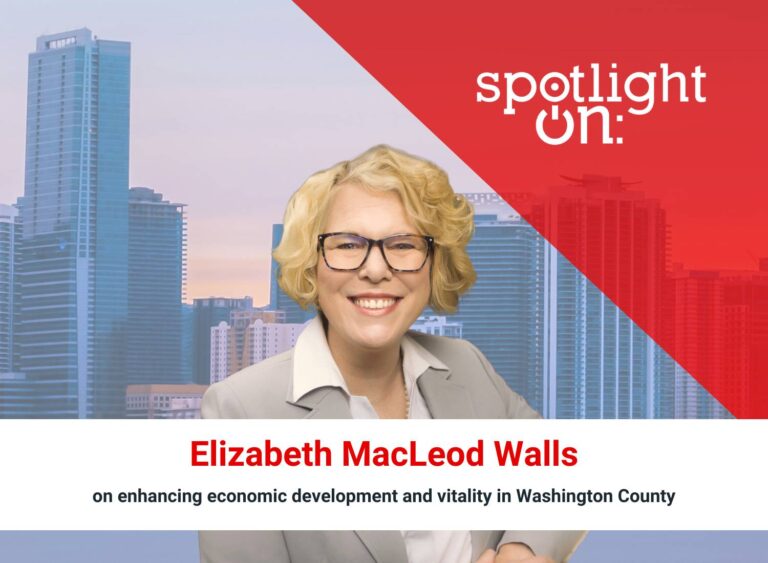Spotlight On: Paul Levy, President & CEO, Center City District
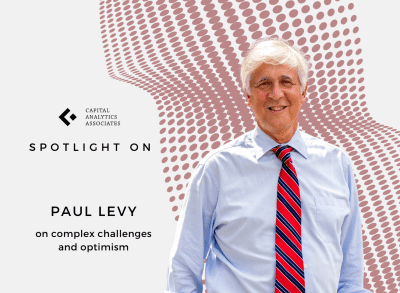 November 2023 — In an interview with Invest:, Paul Levy, president and CEO at Center City District, discussed the organization’s mission to make Philadelphia clean and safe and how it has expanded to include public events, park improvements, lighting and renovation projects. Levy also highlighted the challenges faced by the downtown area and the strategies implemented to address public safety and homelessness.
November 2023 — In an interview with Invest:, Paul Levy, president and CEO at Center City District, discussed the organization’s mission to make Philadelphia clean and safe and how it has expanded to include public events, park improvements, lighting and renovation projects. Levy also highlighted the challenges faced by the downtown area and the strategies implemented to address public safety and homelessness.
How does Center City District contribute to the growth and prosperity of downtown Philadelphia?
We were created in 1990 in the middle of a severe economic challenge and recession in Philadelphia, a city that covers 135 square miles. While the downtown and university areas are vibrant, many neighborhoods face poverty and physical deterioration, making it difficult for the city government to allocate resources to the center city. Therefore, the organization’s core mission has been to make the downtown clean and safe, funding extensive programs for cleaning, pressure washing and graffiti removal, as well as the deployment of uniformed, unarmed public safety personnel who coordinate closely with the police. Over the last 32 years, the organization has expanded its mission to include public events, park improvements, lighting and renovation projects. The organization aims to create a positive public environment and experience for everyone. Additionally, the organization invests heavily in research, providing annual reports on retail and housing, as well as larger reports tracking pedestrian volumes and economic trends, to be a reliable source of marketplace information about downtown.
What are the remaining challenges for downtown Philadelphia to return to 2019 levels and what strategies are being implemented to overcome them?
There are several challenges that many cities, particularly in the Northeast, have been facing. One is the prolonged shutdown, which has allowed many people to work from home, and it’s a difficult perk to take away. Employees have become accustomed to the flexibility of being able to work from anywhere and parents with young children have found this particularly useful. This change has led to a significant shift in employee expectations. Safety concerns were also a major issue in many cities due to the reduced pedestrian volumes during the pandemic, making issues like cleanliness and safety more visible. Additionally, many cities have undergone a significant rethinking of the role of police, resulting in cutbacks in police forces. Although there were clearly illegal and racist actions taken by some police, the pendulum swung too far in the other direction in some cities, with calls to abolish police forces entirely.
These challenges made downtown areas seem empty and unappealing in 2020 and 2021, which is a problem faced by most cities. However, Philadelphia has a significant advantage in that it has not experienced explosive periods of growth and contraction like some other cities. Instead, it has had slow and steady growth since the 1990s, which has given the city time to gain experience in converting vacant office buildings to residential properties. We have already converted more than 40 or 50 former office buildings in our downtown to residential use and we have a successful building program for new housing. This has resulted in the third-largest downtown residential population of any major American city, and as more people live downtown, the streets become more animated, making it easier for people to walk to work. Our city is like the tortoise in Aesop’s fable, moving slowly and steadily. Other cities with major empty office buildings may be exhausted like the hare lying by the side of the road but we have significant experience in converting older office buildings to residential properties. I believe all successful downtowns need to move away from the single-use office district model and become more diverse, with offices, hotels, residences, arts and culture and restaurants.
What are some steps the organization has taken to address public safety and homelessness in the downtown area?
We have a growing life science industry, mostly concentrated in University City but with significant growth in Center City as well. The more diverse the downtown land use, the more reasons people have to be on the sidewalks at different times of day, making it safer before any deployment of public safety personnel. Over the last two years, we have significantly increased our public safety presence with about 100 sidewalk cleaners and 50 unarmed public safety personnel, known as community service representatives. We doubled that public safety presence in the last two years, adding an additional 50-person bike patrol on the streets, uniformed and unarmed, working closely with the police. We have developed a collaborative relationship between not only ourselves and the police but also all private security, such as Thomas Jefferson University, Comcast and the Fashion District, as well as federal, state and local public safety. Operations people from these organizations meet every other week and this has helped us reduce crime within the downtown core by 5% when comparing 2023 to 2019, pre-pandemic. Although there are perceptions of negative events, the actual numbers show that crime has gone down compared to 2019.
We also have a unique partnership approach to homelessness that we started in 2018. We have teams that include Project Home, our lead homeless service provider in the city, our own staff and crisis intervention-trained police officers. We have three teams of three individuals each that partner police with social services and our staff. We are out six days a week engaging people on the street and dedicating vans to immediately transport people to shelters. Since 2018, we have been able to reduce the number of people on our sidewalks during the daytime by 26%. We believe in old-style community policing, partnering police with social service agencies, and offering help before trying the enforcement approach. We have made substantial progress with those quality-of-life challenges and all those people who have chosen to come off the street have not been arrested or cited. We have a lot of positive momentum and partnerships with both social services and law enforcement and are getting very good results from that. While we don’t want to minimize the ongoing problems we have, we have made significant progress in addressing them.
What are the key priorities and initiatives that Center City District will focus on in the next five years?
We conducted a survey of 250 firms on their return-to-work policies and 74% of firms are back at least three days a week. The hospitality industry, healthcare and education are back at higher levels than the office sector. Fortunately, financial services and technology are not dominant industries for us, and Comcast has made a top priority of being back. We have about 78% of our workforce back, which is above the middle of the pack. However, there is a portion of the workforce that can work remotely and remote work eliminates janitorial jobs, building services jobs and restaurant jobs. To have an inclusive economy, we need to have the maximum number of people back in the office. Safety is no longer the No. 1 issue for employers but, rather, employees have gotten used to working from home, making it hard to bring them back. To address this, we need to focus on rebuilding the social side of the economy, where work is not just a place of work but a social place where friendships and relationships are formed. We need to reinforce all the amenities of the downtown and our parks to create a vibrant and successful city. While the challenges are complex, I am optimistic. However, we need to be deliberate in our actions to ensure that the city thrives.
For more information, visit:


